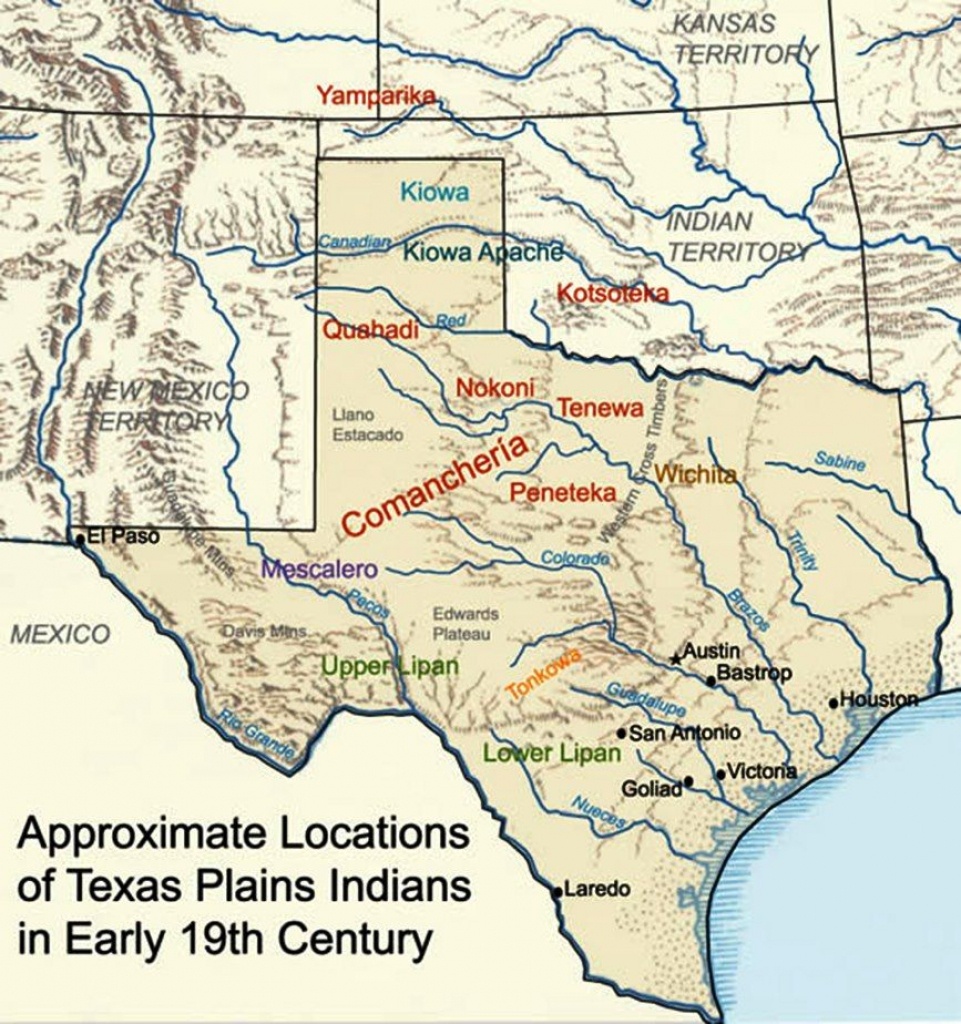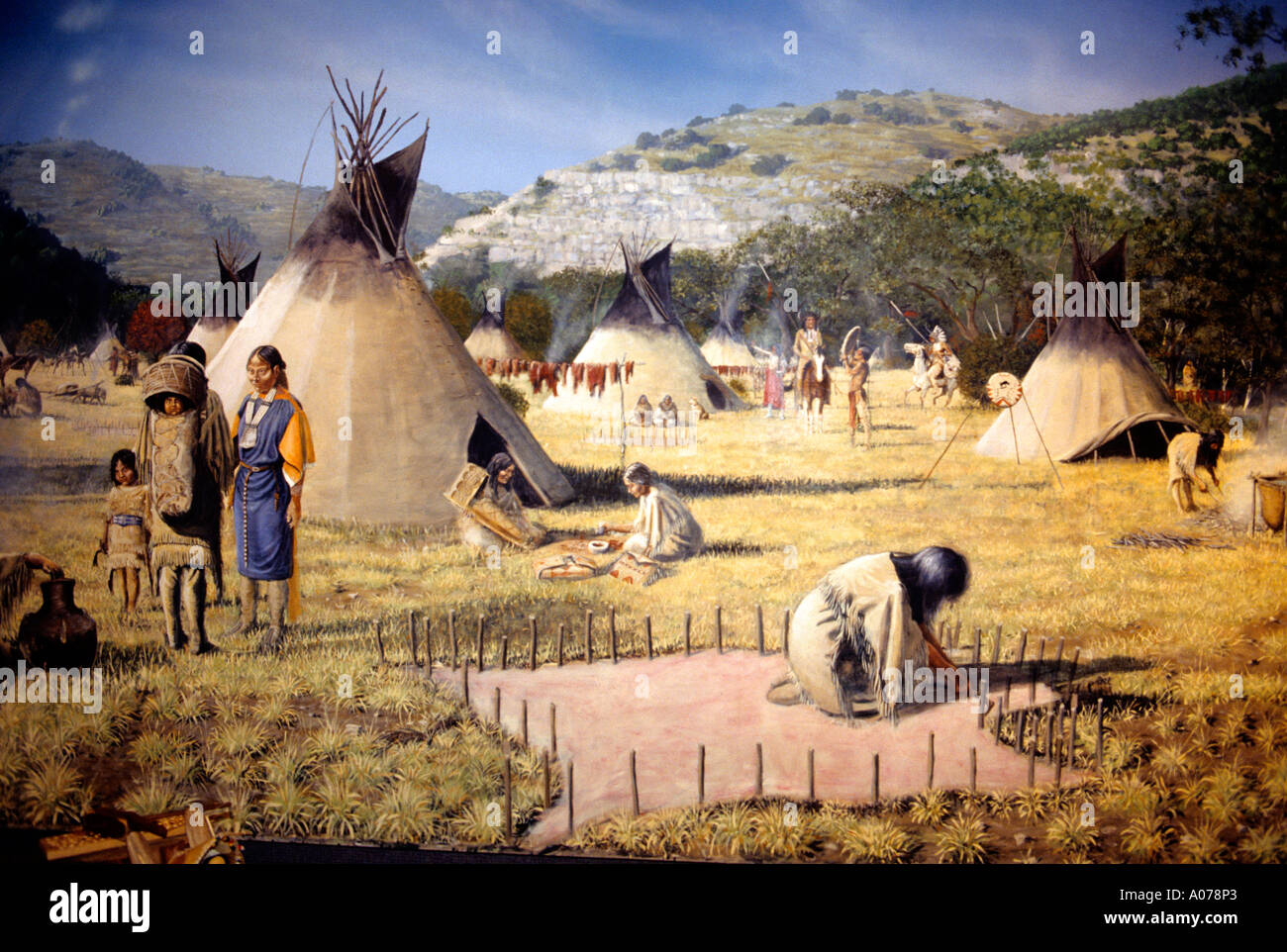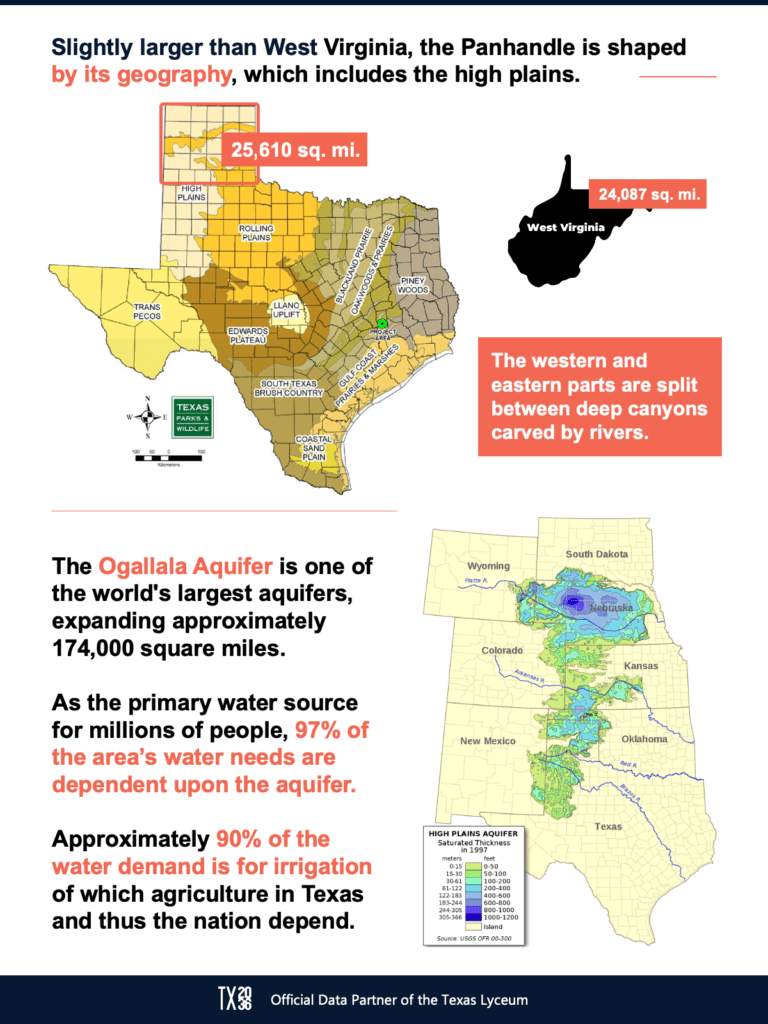Texas Panhandle Tribes: A Legacy of Resilience on the Plains
Texas Panhandle Tribes: A Legacy of Resilience on the Plains

The Texas Panhandle, a vast expanse of rolling plains and rugged canyons, is a land steeped in history. It’s a place where the wind whispers tales of ancient cultures, of nomadic tribes who roamed the land long before the arrival of European settlers. Today, the legacy of these Native American tribes remains woven into the very fabric of the Panhandle, their stories waiting to be discovered.
A Tapestry of Tribes:
Related Articles: Texas Panhandle Tribes: A Legacy of Resilience on the Plains
- Unveiling the Native American Legacy: Discoveries and Insights from Roanoke, Virginia
- Unveiling the Enchanting World of Indian Reservations in South Dakota
- Uncover the Enchanting Flavors of Indian Cuisine in Kuningan Jakarta
- Discover the Enigmatic World of California's Largest Indian Tribe
- Discover the Native American Tribe of Laredo, Texas: Unraveling Ancient Histories
The Panhandle’s history is rich with the stories of diverse tribes, each with their unique traditions, languages, and ways of life. Let’s dive into the tapestry of these fascinating cultures:
1. The Comanches:
The Comanches, known as the "Lords of the Plains," were fierce warriors and skilled horse riders. Their territory stretched across much of the Southern Plains, including the Texas Panhandle. They were renowned for their mastery of warfare, their intricate social structure, and their ability to adapt to the harsh environment. The Comanche language, a complex and nuanced tongue, was a testament to their rich culture.
2. The Kiowa:
The Kiowa, known for their artistic prowess and their intricate beadwork, were nomadic hunters and gatherers who shared the Panhandle with the Comanches. They were skilled horsemen and warriors, and their culture was deeply intertwined with the land. Their intricate beadwork, often depicting scenes from their daily life and spiritual beliefs, is a testament to their artistry and their deep connection to the natural world.
3. The Apache:
The Apache, a diverse group of tribes, were known for their adaptability and their resistance to European encroachment. They were skilled warriors and hunters, and their culture was deeply rooted in their relationship with the land. The Apache tribes of the Panhandle, like the Lipan and the Mescalero, faced challenges from both the Comanches and the Spanish, demonstrating their resilience and fighting spirit.
4. The Wichita:

The Wichita, a sedentary people who lived in villages along the rivers, were known for their agricultural skills and their intricate pottery. They were skilled farmers and hunters, and their culture was deeply influenced by their relationship with the land. Their pottery, often decorated with intricate designs, is a testament to their artistry and their connection to the natural world.
5. The Caddo:
The Caddo, who lived in the eastern part of the Panhandle, were known for their complex social structure and their sophisticated agriculture. They were skilled farmers, hunters, and artisans, and their culture was deeply rooted in their relationship with the land. Their intricate pottery, their elaborate ceremonial dances, and their complex social structure reflect their rich and multifaceted culture.
A Legacy of Resilience:
The history of these tribes in the Texas Panhandle is a story of resilience. They faced challenges, adapting to changing conditions and fighting for their survival. They were forced to navigate the arrival of European settlers, the encroachment of their lands, and the devastating effects of disease. Despite these hardships, their cultural traditions and their deep connection to the land endured.

The Panhandle Today:
Today, the legacy of these tribes is still present in the Panhandle. Their influence can be seen in the names of towns and rivers, in the stories told by elders, and in the vibrant art and culture that continues to thrive.
Preserving the Past:
Preserving the history and culture of these tribes is crucial. It’s a way to honor their legacy, to learn from their resilience, and to ensure that their stories continue to be told for generations to come. Here are some ways to support the preservation of Native American culture in the Panhandle:
- Visit museums and cultural centers: The Panhandle is home to several museums and cultural centers that showcase the history and culture of the region’s Native American tribes.
- Support Native American-owned businesses: By supporting Native American-owned businesses, you’re helping to preserve their traditions and their economic well-being.
- Learn about the history of the tribes: Take the time to learn about the history of the tribes that once called the Panhandle home. Read books, visit historical sites, and talk to elders.
- Respect Native American traditions: Be mindful of Native American traditions and customs when visiting their lands or attending cultural events.

The Future of Native American Culture:
The future of Native American culture in the Texas Panhandle is bright. There is a growing awareness of the importance of preserving their history and culture, and there is a renewed interest in learning about their traditions. With continued support and respect, the legacy of these tribes will continue to inspire and enrich the lives of future generations.
FAQ about Indian Tribes from the Texas Panhandle
Q: What are the major Native American tribes that lived in the Texas Panhandle?
A: The major tribes that inhabited the Texas Panhandle include the Comanches, Kiowa, Apache (including Lipan and Mescalero), Wichita, and Caddo.
Q: What were the main differences between these tribes?
A: The tribes varied in their lifestyles, languages, and cultures. The Comanches and Kiowa were nomadic hunters, while the Wichita were sedentary farmers. The Apache tribes were known for their adaptability and resistance to European encroachment. The Caddo had a complex social structure and sophisticated agriculture.
Q: What happened to these tribes after European colonization?
A: The arrival of European settlers led to conflicts and displacement of Native American tribes. They faced disease, forced removal from their lands, and cultural suppression. Many tribes were forced onto reservations, where they struggled to maintain their traditions.
Q: Are there any Native American communities in the Panhandle today?
A: While many tribes were forced to relocate, there are still some Native American communities in the Panhandle. The Comanche Nation has a reservation in Oklahoma, and the Kiowa Tribe has a reservation in Oklahoma as well.
Q: How can I learn more about the history of these tribes?
A: There are many resources available to learn more about the history of the tribes in the Texas Panhandle. You can visit museums and cultural centers, read books and articles, and talk to elders. Several organizations work to preserve Native American history and culture, and their websites offer valuable information.
Q: What is the best way to support Native American culture in the Panhandle?
A: You can support Native American culture by visiting museums and cultural centers, supporting Native American-owned businesses, learning about their history, and respecting their traditions.
Conclusion:
The Texas Panhandle is a place where the echoes of the past still resonate. The legacy of the Native American tribes who once roamed these plains is a reminder of the resilience of the human spirit, the enduring power of culture, and the importance of preserving our history. As we explore the Panhandle, let’s remember the stories of these tribes, their struggles, their triumphs, and their enduring legacy. Their story is a vital part of the Panhandle’s identity, and their history is a testament to the enduring spirit of the human heart.

Closure
Thus, we hope this article has provided valuable insights into Texas Panhandle Tribes: A Legacy of Resilience on the Plains. We thank you for taking the time to read this article. See you in our next article!


